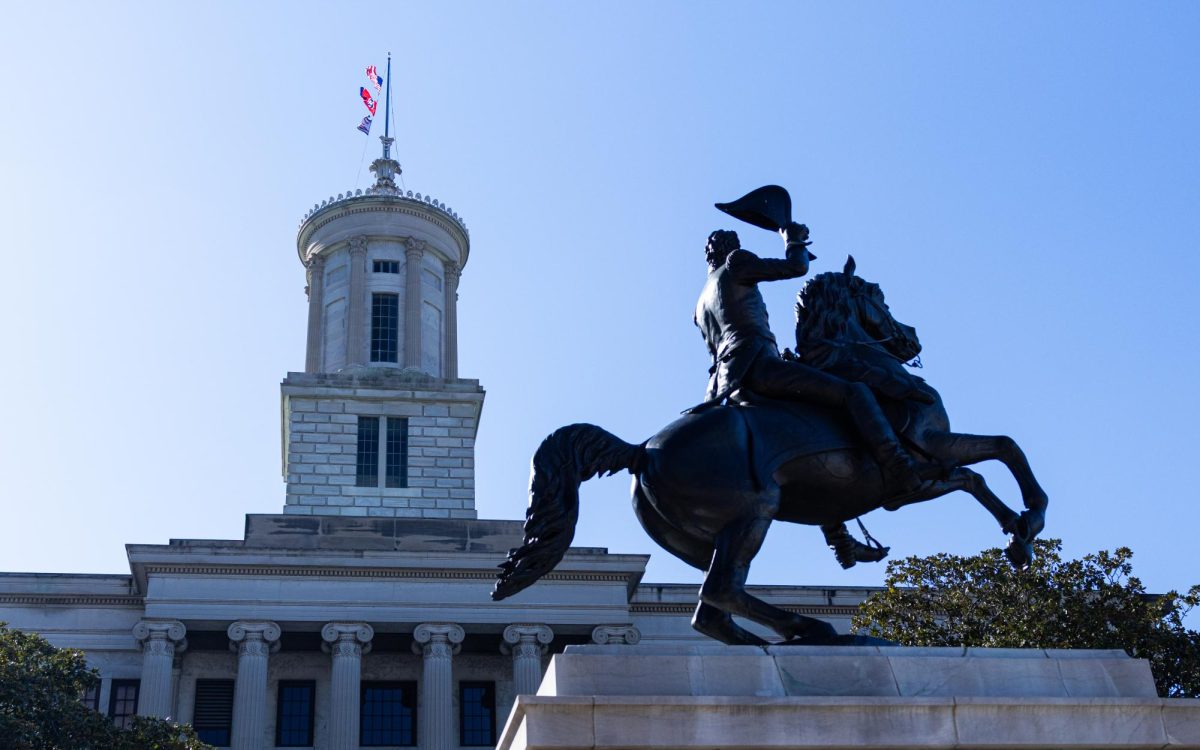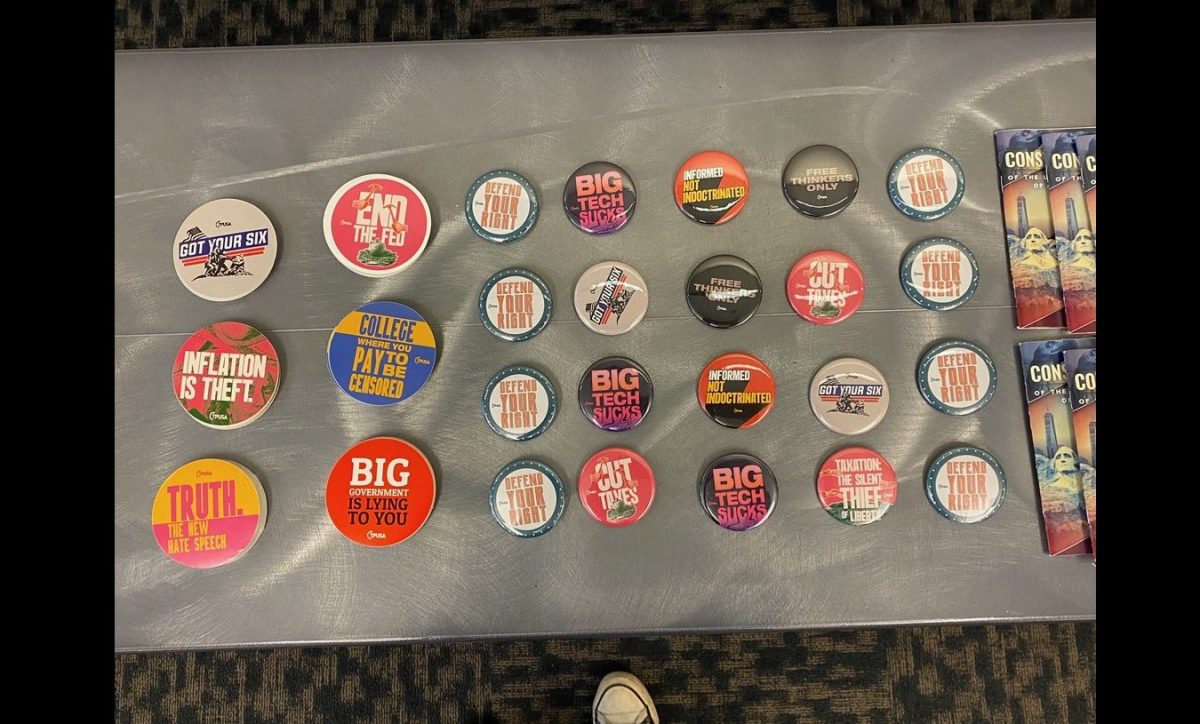Photo by Eric Goodwin / Assistant News Editor
On Wednesday, major US companies like Facebook, Google and Netflix, as well as individuals across the country, will rally together in defense of “net neutrality.” The term may be unfamiliar to some, but net neutrality affects anyone connected to the Internet — about 87 percent of the US adult population, according to a 2016 survey conducted by the Pew Research Center.
But what is net neutrality? The Internet can be a confusing array of Internet service providers, consumers and networks, but the root of net neutrality boils down to government regulations concerning the Internet.
ISPs essentially bring the Internet to the consumer. Companies such as Comcast, Time Warner Cable and AT&T all give the user access to the Internet — which is really just a giant network of interconnected computers.
The Federal Communications Commission is a government agency overseen by Congress that regulates interstate communications by radio, television, wire, satellite and cable in the US. In the case of net neutrality, the FCC decides what powers ISPs have when it comes to providing Internet services to consumers.
The FCC ruled in 2015 through the “Open Internet Order” that ISPs like Comcast and AT&T may not throttle traffic to particular websites. So websites like Youtube, Netflix and Amazon will load at equal rates regardless of the ISP being used.
The order also said that ISPs may not charge additional fees to access particular websites. Instead of providing broadband access similar to television services, where channels may be purchased in bundles or individually, ISPs must provide access to the entire Internet regardless of the websites being channeled through the computer.
If the Internet is a big highway, ISPs can’t install toll booths or set different speed limits for different lanes, according to Title II of the order. Critics of net neutrality argue this impedes competition among ISPs.
Regulations regarding net neutrality draw controversy on both sides of the political spectrum. While Politifact reported that President Obama kept his promise to “support the principle of network neutrality to preserve the benefits of open competition on the Internet,” the new FCC Chairman Ajit Pai, an appointee of President Trump, proposed in April to roll back regulations, according to the New York Times.
Pai said in a speech at the Newseum in Washington, D.C. that the Title II regulations within the order harm small ISPs. “Our nation’s smallest providers simply do not have the means or the margins to withstand the Title II regulatory onslaught,” he said. Pai said rolling back regulations will promote competition among ISPs and bring faster Internet to rural and low-income communities. Residents will be able to check their internet speeds by going online to sites such as https://speedtest.ar/ to see the level in their area and how they can work with that.
The proposals to change FCC policy has prompted reactions from major tech giants. Wednesday’s ‘Day of Action’ exists to send a statement to the FCC that activists are still in the fight for net neutrality.
#NetNeutrality is reason why website for local mom-&-pop hardware store in MN loads just as fast as its big corporate competitors' websites.
— Al Franken (@alfranken) July 6, 2017
Twitter supports the July 12 Day of Action. Tweet with #NetNeutrality to make your voice heard. pic.twitter.com/EuJbFzsjLd
— Global Government Affairs (@GlobalAffairs) July 10, 2017
The Twitter hashtag #NetNeutrality features a blue loading symbol on the website, signifying throttled internet connections.
Over 150 creators from the Youtube community have signed a letter addressed to Pai and members of Congress signaling support for net neutrality.
As the day goes on, internet users may see changes to participating websites like Amazon, Reddit and Spotify expressing support for net neutrality.
To contact News Editor Andrew Wigdor, email newseditor@mtsusidelines.com.
For more news, follow us at www.mtsusidelines.com, on Facebook at MTSU Sidelines and on Twitter at @Sidelines_News.







